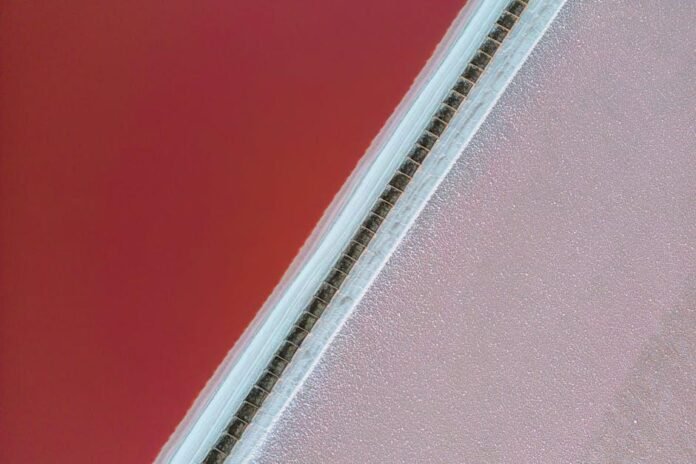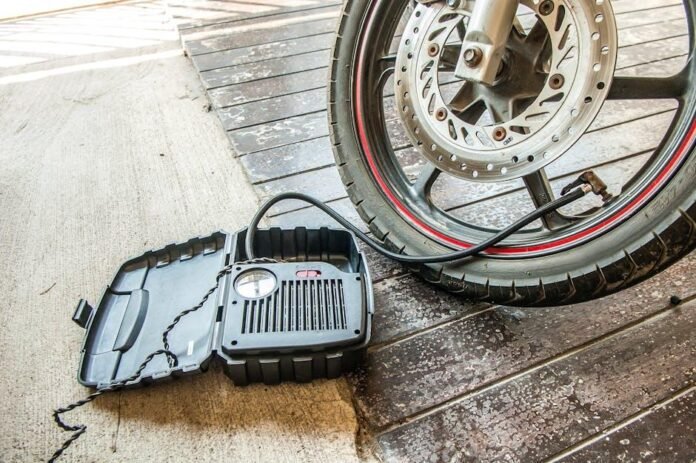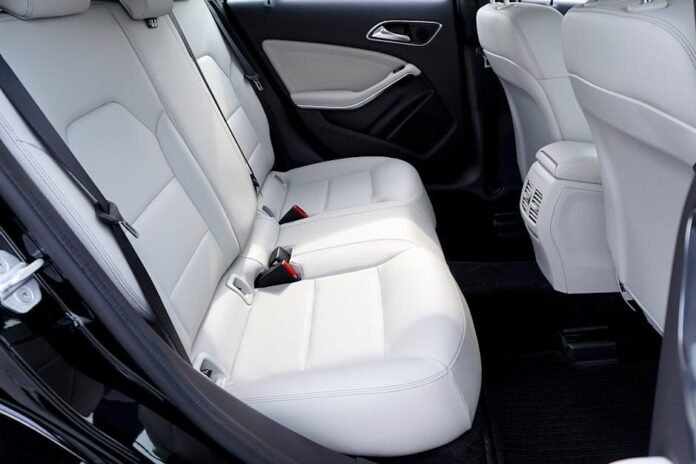When it comes to maintaining the pristine appearance of your vehicle, the debate over the optimal use of clay bar treatment frequently enough sparks passionate opinions among car enthusiasts and detailers alike. Shoudl this effective detailing technique be applied before or after washing your car? As you dive into the art of automotive care, understanding the right sequence can significantly impact the results you achieve. In this article, we will explore the intricacies of clay bar treatment, examining the benefits and drawbacks of both approaches, and equipping you with the knowledge to elevate your car care routine. Join us on this journey as we unravel the mysteries of clay bar treatment and discover the ideal method for achieving that flawless finish you desire.
Understanding the Role of Clay Bar Treatment in Car Care
Clay bar treatment plays a pivotal role in enhancing the appearance and longevity of your vehicle’s paintwork. It functions by lifting away embedded contaminants that remain on the surface even after washing,such as road grime,industrial fallout,and tree sap. By eliminating these stubborn particles, the clay bar prepares the paint for further treatments like polishing and sealing, ultimately yielding a smoother, more reflective finish. This process not only helps maintain the aesthetic appeal of your car but also protects the paint from potential damage caused by long-term exposure to these contaminants.
When considering the best time to apply a clay bar treatment, it’s essential to recognize its integral position in the overall car care regimen. Although many enthusiasts may wonder whether to clay bar before or after washing, the general proposal leans towards performing this treatment after the initial wash. This timing ensures that the bulk of lose dirt and grime is removed first, allowing for a more effective clay bar application.Below are some key points outlining the benefits of proper timing for this treatment:
- Increased effectiveness: A clean surface allows the clay bar to glide smoothly and lift more contaminants.
- Reduction of scratches: Claying on a clean surface minimizes the risk of scratching the paint with trapped debris.
- Better preparation: Prepping the paint properly leads to superior results in subsequent polishing and waxing.
Preparing Your Vehicle: Key Steps Before Clay Bar Application
Before diving into clay bar application, it’s essential to set the stage by ensuring your vehicle is as clean as possible. Start by giving your car a thorough wash using a pH-balanced car shampoo to remove dirt, grime, and any surface contaminants. Don’t skip this crucial step; a pre-wash not only prepares the surface for effective clay treatment but also prevents abrasive particles from scratching your paint during the process. After washing, be sure to dry the surface fully using a microfiber towel, as moisture can dilute the effectiveness of the clay bar.
Following the wash and dry, inspect your vehicle’s paintwork for any imperfections or stubborn contaminants. If you notice embedded dirt or tar, consider using a gentle detailing spray as a lubricant for the clay bar application. This is important, as a proper lubricant not only enhances the clay’s performance but also protects your paint. Additionally, gather your materials: a quality clay bar, detailing spray, and several clean microfiber towels for drying and buffing. Organizing these elements will streamline the clay bar process,ensuring a more efficient and satisfying experience.
The Impact of Washing on Clay bar Effectiveness
When considering the effectiveness of a clay bar treatment, the condition of the vehicle’s surface is paramount. Washing the car beforehand plays a critical role in preparing the surface for the clay bar, as it removes loose debris and dirt that can perhaps cause scratches during the claying process. A pre-wash helps to ensure that the clay bar can glide smoothly over the surface,allowing it to effectively lift embedded contaminants. A few key benefits of washing before using a clay bar include:
- Reduced Risk of Damage: Dirt particles can become abrasive when leveraged against the paint.
- Enhanced Effectiveness: A clean surface allows the clay bar to make better contact with bonded contaminants.
- Improved Finish: The combined treatment translates to a smoother and shinier surface after the clay treatment.
On the flip side, washing after applying the clay bar is equally valuable. This final wash removes any leftover lubricant and contaminants that the clay bar has dislodged, ensuring a completely clean finish. In addition,it allows for the application of wax or sealant without any grit left behind,maximizing the protection and shine. Key reasons to perform a wash post-clay treatment include:
- Preparation for Protection: Clear the surface before applying any sealants or waxes.
- Ensured Smoothness: Confirm a silky feel by eliminating residues.
- Visual Clarity: A final wash enhances the overall aesthetics and appearance of the vehicle.
Expert Tips for Optimal Results: Timing Your Clay Bar Treatment
To achieve the best results from your clay bar treatment, timing is crucial. Ideally, it’s most effective to perform this process after washing and drying your vehicle.This ensures that any loose dirt or debris is removed,allowing the clay bar to work its magic on contaminants such as tree sap,industrial fallout,and paint overspray without any interference. Additionally, using a lubricant during the treatment is essential, as it allows the clay bar to glide effortlessly over the surface, reducing the risk of scratching the paint.
Furthermore, consider the weather conditions when scheduling your clay bar treatment. Temperature and humidity can significantly affect the performance of the clay bar. Here are some tips for optimal timing:
- Cooler Days: Ideal for clay bar treatments,as heat can soften the clay and make it more tough to control.
- Low Humidity: Reduces the chances of any moisture interference, leading to a smoother finish.
- Late Afternoon: Working during this time often avoids direct sunlight, further protecting your vehicle’s paint.
| condition | Result |
|---|---|
| Warm Weather | Clay may flatten and become harder to maneuver. |
| High Humidity | increased stickiness, potential for streaks. |
| Shade & Cool air | Optimal conditions for effective contamination removal. |
Concluding Remarks
the question of whether to apply a clay bar treatment before or after washing your vehicle may not have a one-size-fits-all answer. Each approach has its merits, and the best choice ultimately depends on the condition of your car’s paint and the specific contaminants you’re aiming to remove. By understanding the nuances of clay bar treatment and the washing process, you can make an informed decision that will enhance your vehicle’s appearance and protect its finish for years to come. So, as you embark on your detailing journey, remember: whether you choose to clay before or after washing, the goal remains the same—achieving that pristine, showroom shine that turns heads on every drive. Happy detailing!









